What exactly do ZOA's projects in Tigray involve?
Before the conflict, ZOA worked to provide vocational/skill training and seed money for Eritrean refugees and host communities, particularly for youth to engage in different income-generating activities. When the war broke out, my colleagues proceeded with the projects wherever possible, whilst being highly affected themselves. The moment it was safe enough, we started cash-for-food and multipurpose cash projects so that Internally Displaced People (IDP’s) could meet their specific needs.
The question now is: How can communities get back on track? Many areas are back to square one. Houses have been looted, farmland has been destroyed and many areas are littered with mines. We have a warehouse with all kinds of relief supplies such as improved seeds, sleeping mattresses and farming tools that will be distributed to thousands of households in the coming months.
Houses have been looted, farmland has been destroyed and many areas are littered with mines.
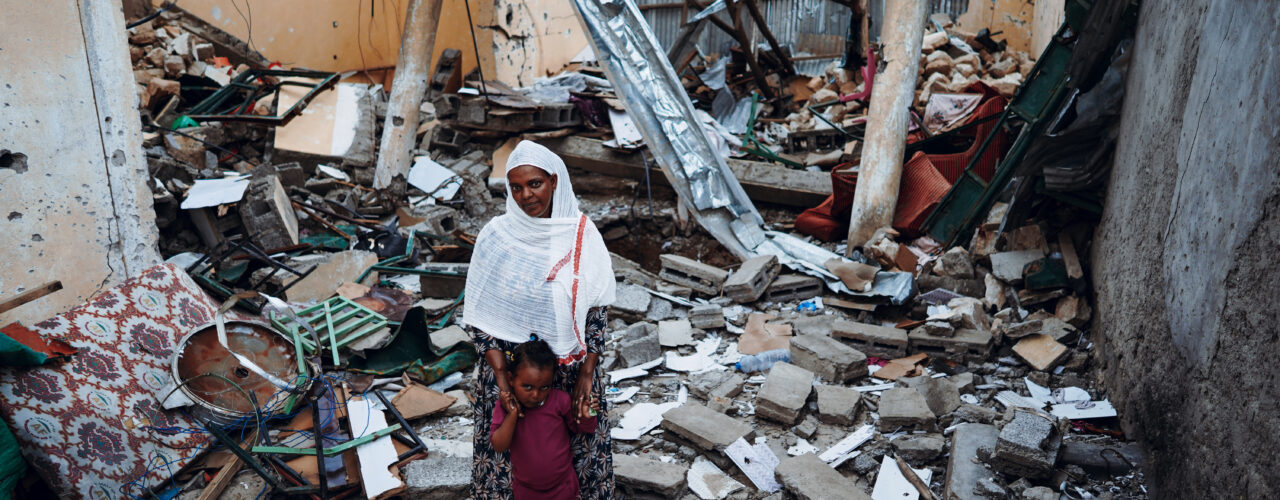
Which conflict are we talking about?
You can read more about the conflict here. There are multiple parties involved in the conflict, which came to an ‘official’ end in November 2022 when the parties signed a peace agreement. However, after this pact, houses are still being destroyed and many stories have been shared of women being detained and sexually abused. People hope it will remain peaceful, although there is no guarantee.
Our colleagues on the ground see their own people in difficult circumstances, but they themselves are also suffering. Salaries could not be paid because banks had been closed since the start of the conflict and cash availability was very limited. On the few occasions when cash money was available, the team decided to distribute it to the IDP’s as cash-for-food, as their situation was severe.
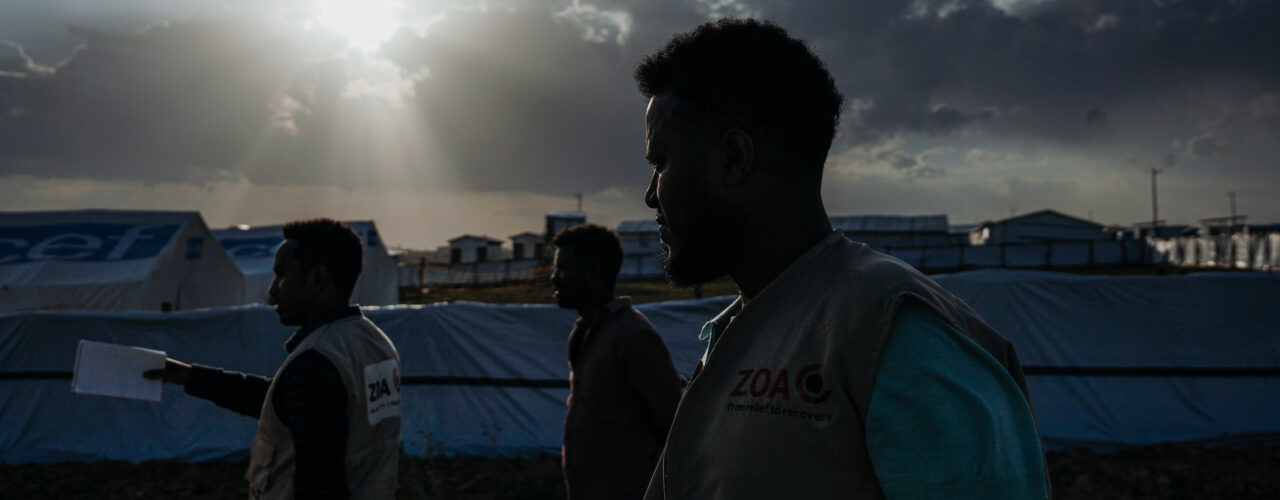
Were there more humanitarian aid organisations present in the area?
There are tents from the UNHCR, and there was an organization present that helped repair broken homes. Furthermore, until a few months ago, the Word Food Program was also present, but they suspended food assistance following reports that significant amounts of aid were being diverted.
What is it like to see that there is so much need and so little aid available?
It makes me extra motivated to show the world what is going on in this area. It has been called the deadliest war of the 21st century. An estimated 600.000 civilians have been killed and yet few people know what is going on.
An estimated 600.000 civilians have been killed and yet few people know what is going on.
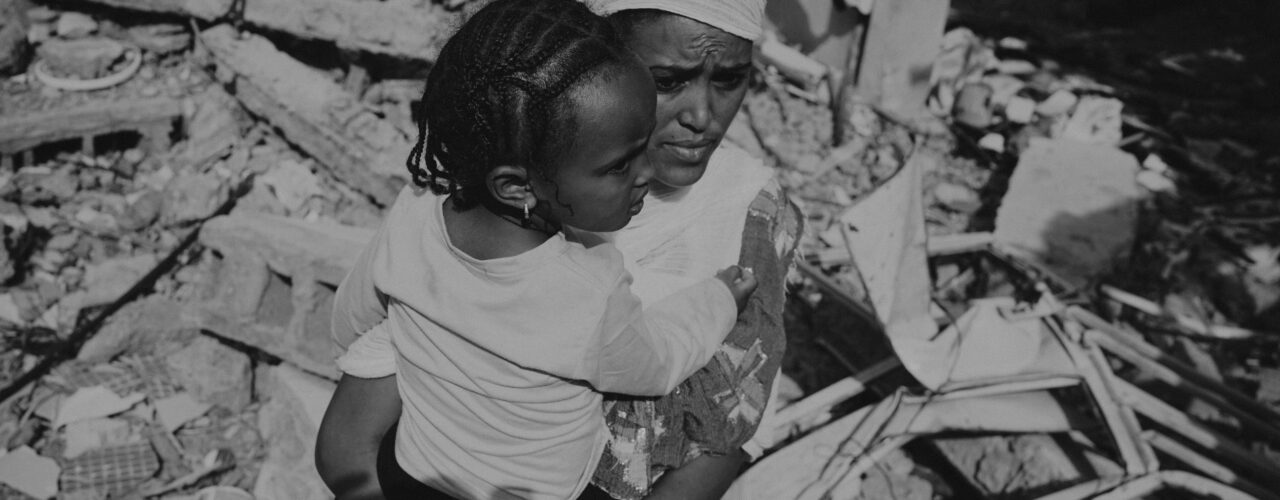
Is the area accessible to aid organisations?
It is more accessible than during the war, however the western part of Tigray remains inaccessible. In addition, there are logistical challenges. For example, when we were there, certain access roads to Tigray were not secure enough, making transport difficult.
How does it feel to see all that is happening in Tigray, and that it remains so quiet all around?
I notice that the area is getting more and more attention. Recently, an Amnesty International report was published. The publication talks about the terrible acts of the Eritrean army. This showed that Tigray is being picked up by different media and organisations. That is a good step forward.
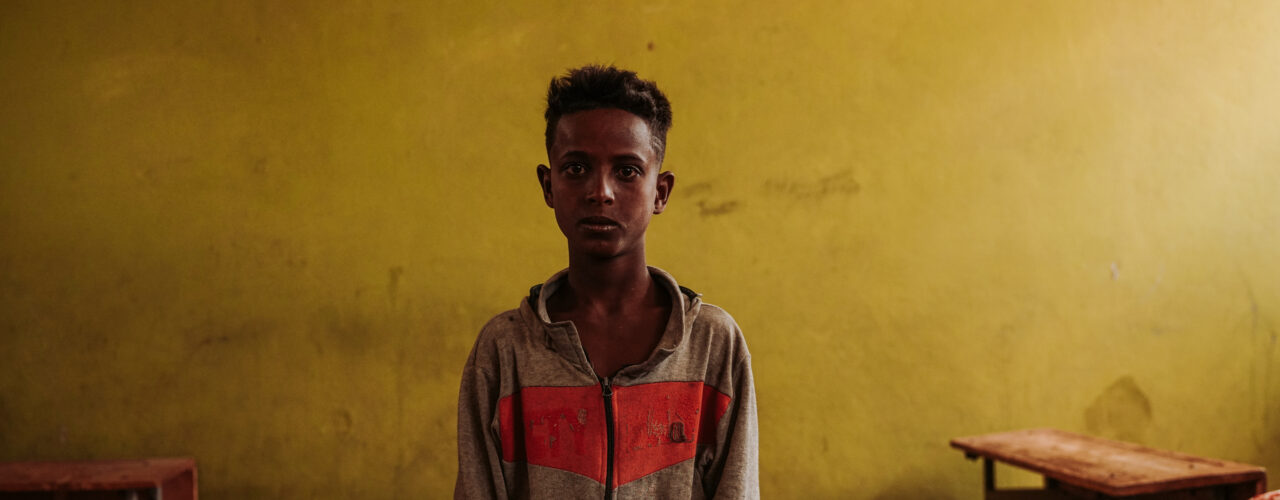
As a videographer, what do you think the world should see?
I would like people to know that wars happen on this scale, even if the media does not cover them. I want people to understand that many Tigrayans lived a normal life prior to the war. These people are not used to seeing dead family members and children laying in the streets. They are people like you and me, whose lives changed from a prosperous life to miserable suffering in an instant.
These people are not used to seeing dead family members and children laying in the streets.
What do people need now?
When I visited refugee camps, two things really stood out. People told us on every visit that they are hungry. I have never seen this on such a large scale. We were regularly approached by people asking if we could provide food support. The second thing they mentioned is that they are traumatized. Some people are visibly completely lost – quite logical considering all the things these people have seen.
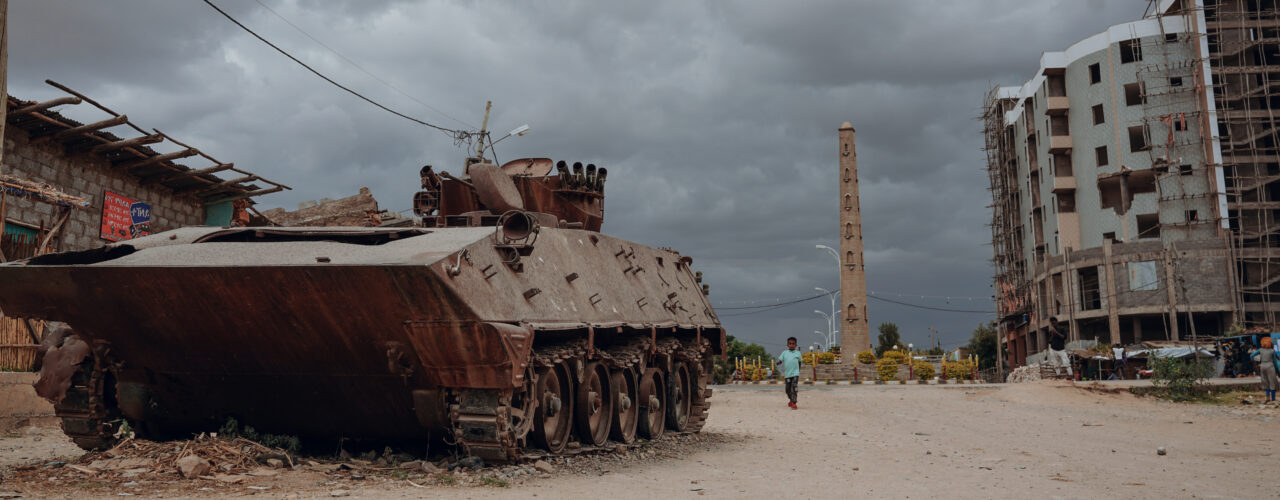
How do the Tigrayans you interviewed see their future?
Some indicate very clearly that they want to stay strong for their children, others are mainly afraid of hunger. However, I feel that people are still thinking about what happened during this horrible war and looking forward is actually still very difficult. People are still in a survival mode. Moreover, many families have been torn apart because the attacks took them by surprise, causing people to flee in opposite directions, never to be reunited.
What makes you proud in the work of ZOA?
Without a doubt: my colleagues. They have been through the same thing as the people they are working to help, and despite that, they keep going. That is beyond my understanding and I find that admirable.
Do you want to know more about the work of ZOA in Ethiopia? Click here.
Date: 21th of September 2023
Author: Marianne Sijtsma
